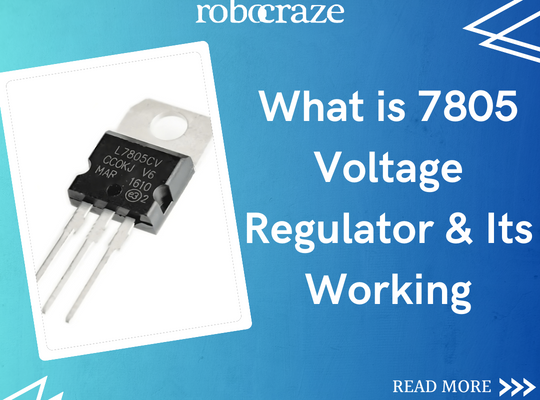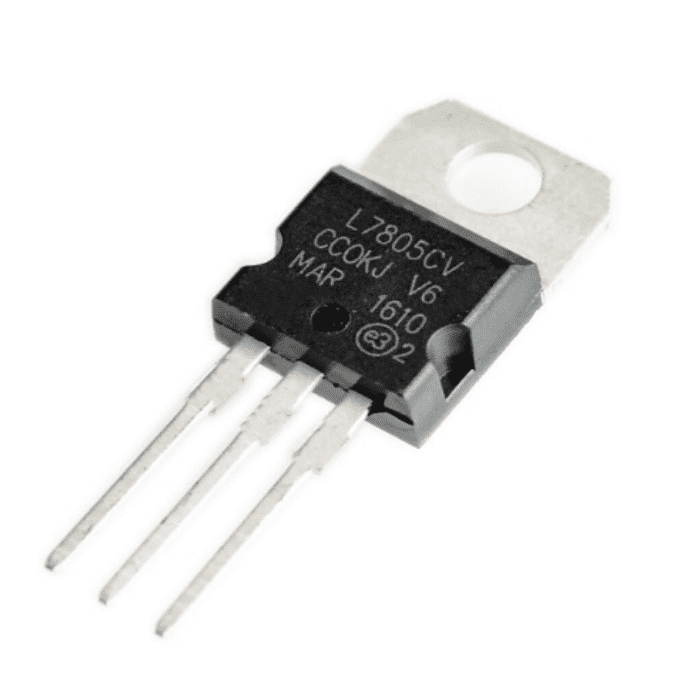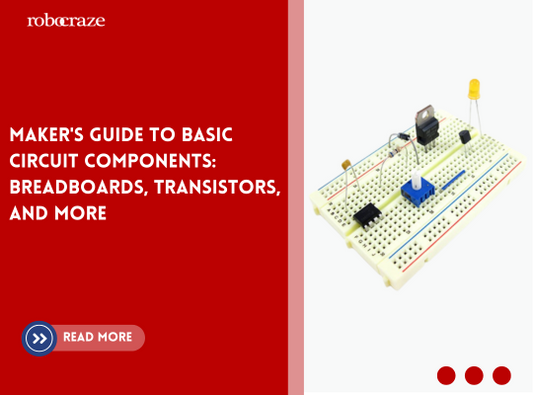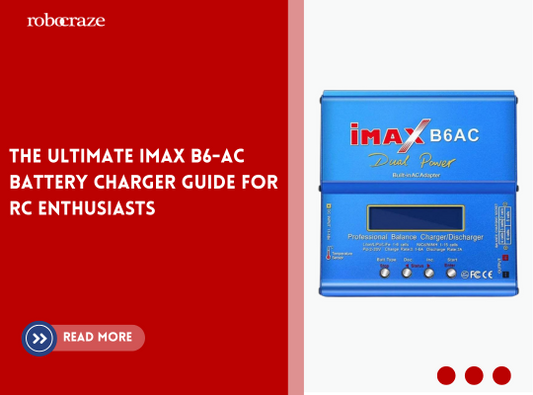What is a Voltage Regulator?
A voltage regulator is an electronic circuit that maintains a constant voltage level, regardless of changes in load or input voltage. It is used to provide a stable power supply to electronic devices, ensuring that they operate correctly and don't get damaged. Voltage regulators can be linear or switch-mode and can be used in both AC and DC circuits. They work by comparing the input voltage to a reference voltage and adjusting the output voltage accordingly, using an internal voltage reference, an error amplifier, and a series pass transistor. Some common types of voltage regulators include the 7805, LM317, and LM7805.
What is the 7805 Voltage Regulator?
The 7805 voltage regulator is a type of linear voltage regulator that is commonly used in electronic circuits. It is a three-terminal device that provides a fixed output voltage of 5V and can handle an input voltage range of 7V to 35V. The 7805 voltage regulator is widely used due to its simplicity, stability, and affordability. It uses an internal voltage reference, an error amplifier, and a series pass transistor to maintain a constant output voltage. The 7805 voltage regulator is also known for its low dropout voltage, thermal overload protection, and short circuit protection. Some common applications of the 7805 voltage regulator include powering microcontrollers and other small electronic devices, voltage stabilization in power supplies, voltage regulation in battery-powered devices, and voltage conversion in automotive systems. The IC is available In various packages like TO-220, TO-252 (DPAK), SOT-89, and TO-92. In this, the most commonly used is the TO-220 package.

Features:
- Input voltage range: The 7805 can accept input voltages between 7V and 35V, making it suitable for a wide range of power supply applications.
- Output voltage: The 7805 is a fixed voltage regulator, which means that it provides a constant output voltage of 5V.
- Output current: The 7805 can provide up to 1.5 A of output current, making it suitable for powering a wide range of electronic devices.
- Thermal protection: The 7805 has thermal protection built-in, which means that it will shut down if the internal temperature gets too high, preventing damage to the IC.
- Low dropout voltage: The 7805 has a low dropout voltage, which means that it can maintain a stable output voltage even when the input voltage is close to the output voltage.
- The operating current is 5 mA.
- Simple to use.
- Widely available.
The pin diagram:
- Input voltage (Vin)
- Ground (GND)
- Output voltage (Vout)

7805 Voltage Regulator Circuit
To use the 7805 voltage regulator in a circuit, connect the input voltage to the Vin pin, the GND pin to the ground, and the Vout pin to the device requiring a stable 5V power supply. An example circuit for a power supply block that intends to supply a constant 5V power supply, here the 230 V AC is converted to DC using a step-down transformer, and the ripples are filtered out using capacitive filters, then it is given to 7805 IC where it ensures constant 5V supply for various applications.

IC 7805 Voltage Regulator Working
This above circuit is split into two parts, the first of which allows for the conversion of the AC to DC. The second section allows for the conversion of this DC into a regulated 5V DC. By connecting a step-down transformer's primary winding to the mains supply, the voltage is first reduced from 230V to 9V. The bridge rectifier can be linked to the transformer's secondary winding.
The 470μF Capacitor smooths the rectified DC that the bridge rectifier produces. Therefore, the 470μ F capacitor's output is an unregulated 9V DC. The IC 7805 voltage regulator can accept this DC as an input. This regulator then switches to regulated 5V DC, and the output is achieved at its output terminals.
The input voltage in the circuit above must be greater than the o/p voltage. I/O currents are essentially equal. The o/p will be 5V 1.5A as soon as the 7.5V 1.5A supply can be provided at i/p. The 7805 IC can be used to dissipate the remaining power like heat.
Advantages:
- Simple and easy to use
- Wide input voltage range
- Stable output voltage
- Low power consumption
- Inexpensive
Applications:
- Powering microcontrollers and other small electronic devices
- Voltage stabilization in power supplies
- Voltage regulation in battery-powered devices
- Voltage conversion in automotive systems
Conclusion
Understanding the importance of a voltage regulator is crucial in various electronic applications. The 7805 voltage regulator stands out as a reliable and widely used option due to its simplicity and efficiency. By implementing the 7805 voltage regulator circuit, you can effortlessly stabilize and regulate the voltage levels, ensuring the smooth operation of your electronic devices. The working principle of the IC 7805 voltage regulator exemplifies its ability to handle voltage fluctuations and deliver a steady output. Whether you're an electronics enthusiast or a professional, harnessing the power of the 7805 voltage regulator guarantees a stable and reliable power supply for your projects. Embrace this versatile regulator and unlock the potential of your electronic creations!
If you appreciate our work don't forget to share this post and leave your opinion in the comment box.
Please do check out other blog posts about Popular electronics
Make sure you check out our wide range of products and collections (we offer some exciting deals!)








